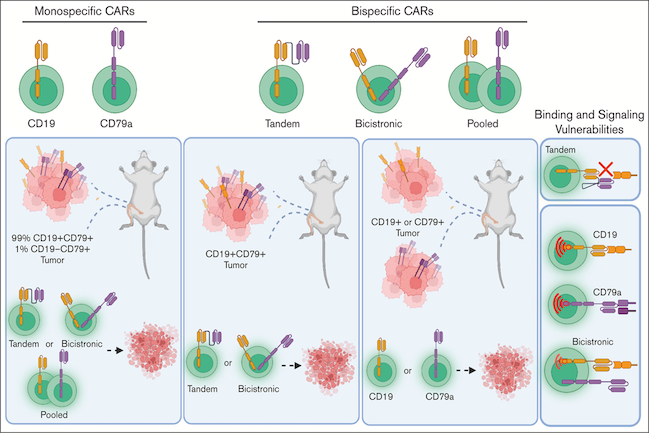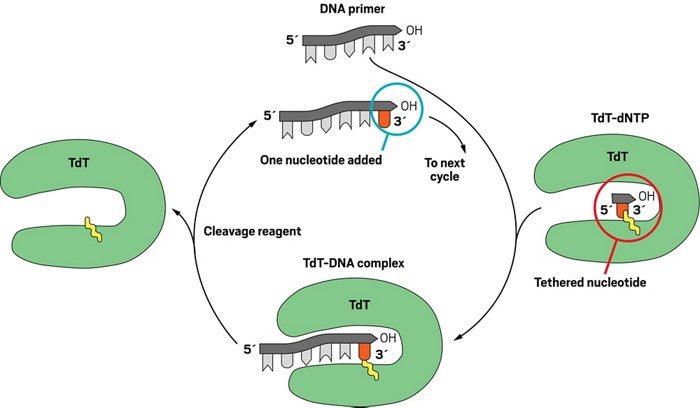Axial: https://linktr.ee/axialxyz
Axial partners with great founders and inventors. We invest in early-stage life sciences companies such as Appia Bio, Seranova Bio, Delix Therapeutics, Simcha Therapeutics, among others often when they are no more than an idea. We are fanatical about helping the rare inventor who is compelled to build their own enduring business. If you or someone you know has a great idea or company in life sciences, Axial would be excited to get to know you and possibly invest in your vision and company . We are excited to be in business with you — email us at info@axialvc.com
Bicycle Therapeutics develops bicyclic peptides into drugs. Founded in 2009 by Gregory Winter, who invented phage display, the company has brought this new modality ('bicycles') in the clinic to treat cancer. Bicycles are fully synthetic short peptides constrained to form 2 loops that stabilize their structural geometry. Where the constraint confers higher affinity/selectivity. And bicycle's larger surface area allowing them to drug targets that have been intractable by non-biological approaches.
For its pipeline, Bicycle is developing BT5528, a bicycle toxin conjugate (BTC) targeting EphA2 (a protein over-expressed in solid tumors). BT8009 for Nectin-4, BT7480, targeting Nectin-4 & agonizing CD137, and BT1718 for MT1-MMP. All in phase 2 trials.
Compromised antigen binding and signaling interfere with bispecific CD19 and CD79a chimeric antigen receptor function
This paper develops and tests bispecific CAR-T cells that target CD19 and CD79a or CD79b. These CAR T cells were designed to overcome the limitations of single-antigen targeting, such as antigen loss and escape.
Finding that these bispecific CAR-Ts were effective in preventing the outgrowth of antigen-negative tumor cells in a xenograft model. However, they also found that tandem & bicistronic CAR-T cells were less effective than monospecific CAR T cells for the treatment of tumors that only expressed CD19 or CD79, respectively. This was due to reduced antigen binding and decreased downstream signaling in tandem and bicistronic CAR T cells, respectively.
https://ashpublications.org/bloodadvances/article/7/12/2718/493415
Method for Targeted Nucleic Acid Cleavage
The patent describes a method for cleaving a target nucleic acid molecule using a bifunctional probe. The bifunctional probe has a cleavage moiety and a binding moiety. The former cleaves the target nucleic acid molecule, and the latter binds to the target nucleic acid molecule.
Where the bifunctional probe can be used to map epigenetic and epitranscriptomic modifications:
1. Tag the target nucleic acid molecule with a partner moiety using a nucleic acid modification enzyme
2. Introduce a bifunctional probe into the cell. The bifunctional probe has a cleavage moiety and a binding moiety that binds to the partner moiety on the target nucleic acid molecule.
3. The bifunctional probe covalently binds to the target nucleic acid molecule.
The cleavage moiety cleaves the target nucleic acid molecule.
The bifunctional probe can be designed to be specific to a particular type of nucleic acid modification, such as DNA methylation or RNA methylation. And also be used in cells, with potential anti-viral applications.
https://patentimages.storage.googleapis.com/69/f2/4d/7096d2ef6efc93/US20230272460A1.pdf
How is DNA synthesized enzymatically?
Enzymatic DNA synthesis could be a more efficient way to synthesize DNA than traditional methods, such as chemical synthesis. And works by using enzymes to add nucleotides to a growing DNA strand. The enzymes used in this process are typically DNA polymerases (ideally template-free), which are enzymes that can add nucleotides to the 3′ end of a DNA strand.
A primer sequence is first created. Which is a short piece of DNA that is complementary to the beginning of the DNA strand that is being synthesized.
Once the primer is created, the DNA polymerase enzyme is added to the solution. And begin adding nucleotides to the primer sequence, one by one. The nucleotides that are added are determined by the template sequence, which is a strand of DNA that is complementary to the DNA strand that is being synthesized. Template-free methods solely rely on the order of nucleotides added
The DNA polymerase enzyme will continue adding nucleotides to the growing DNA strand until it reaches the end of the template sequence. Enzymatic DNA synthesis can produce long strands of DNA in a shorter period of time. And does not require the use of expensive chemicals. As well as potentially having a lower error rate than traditional methods of DNA synthesis.
Founder Stories: Joshua Boger, Founder and CEO of Vertex Pharmaceuticals
Boger started the company to pursue a rational drug design versus the conventional approach of combinatorial chemistry at the time







